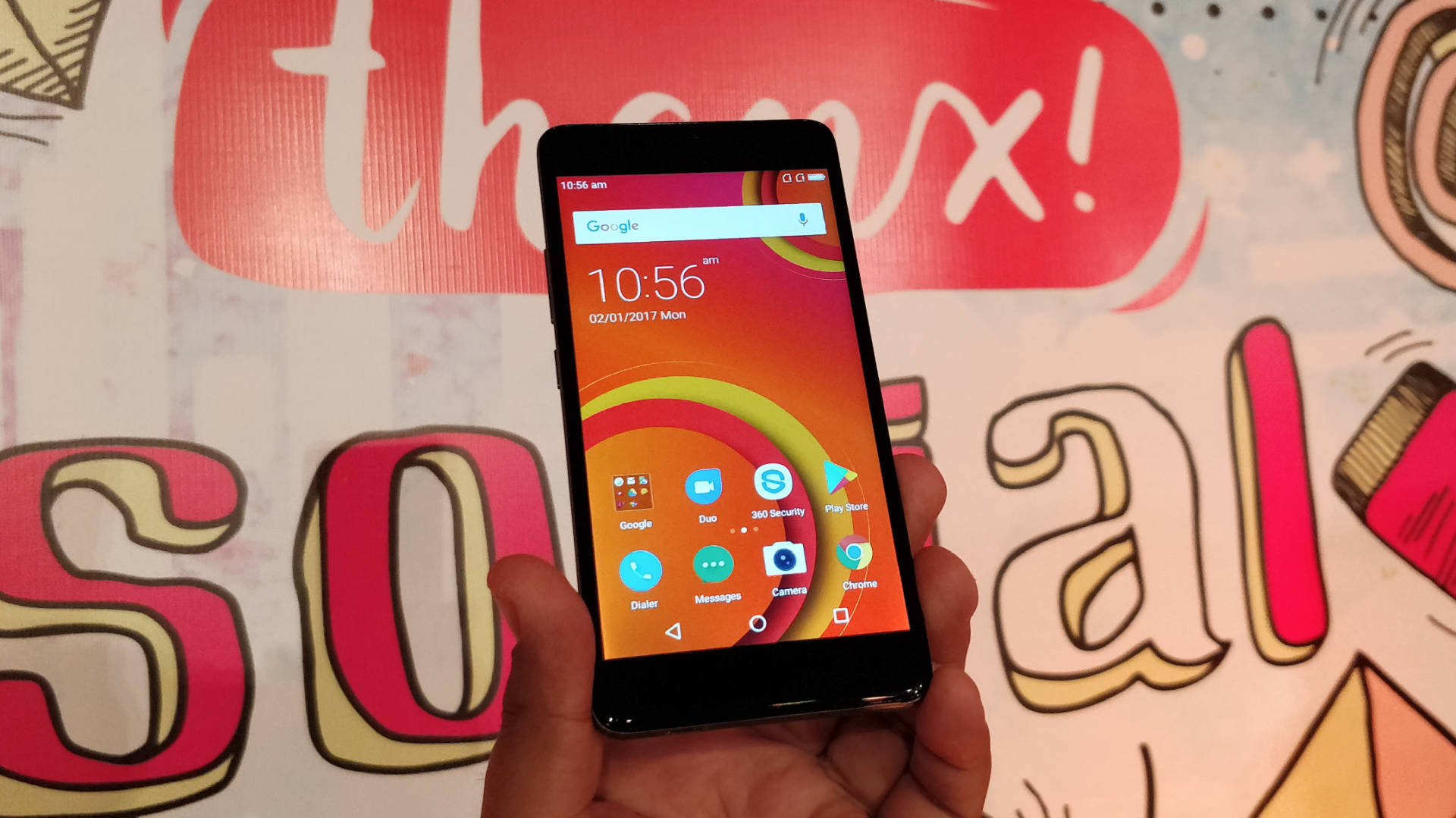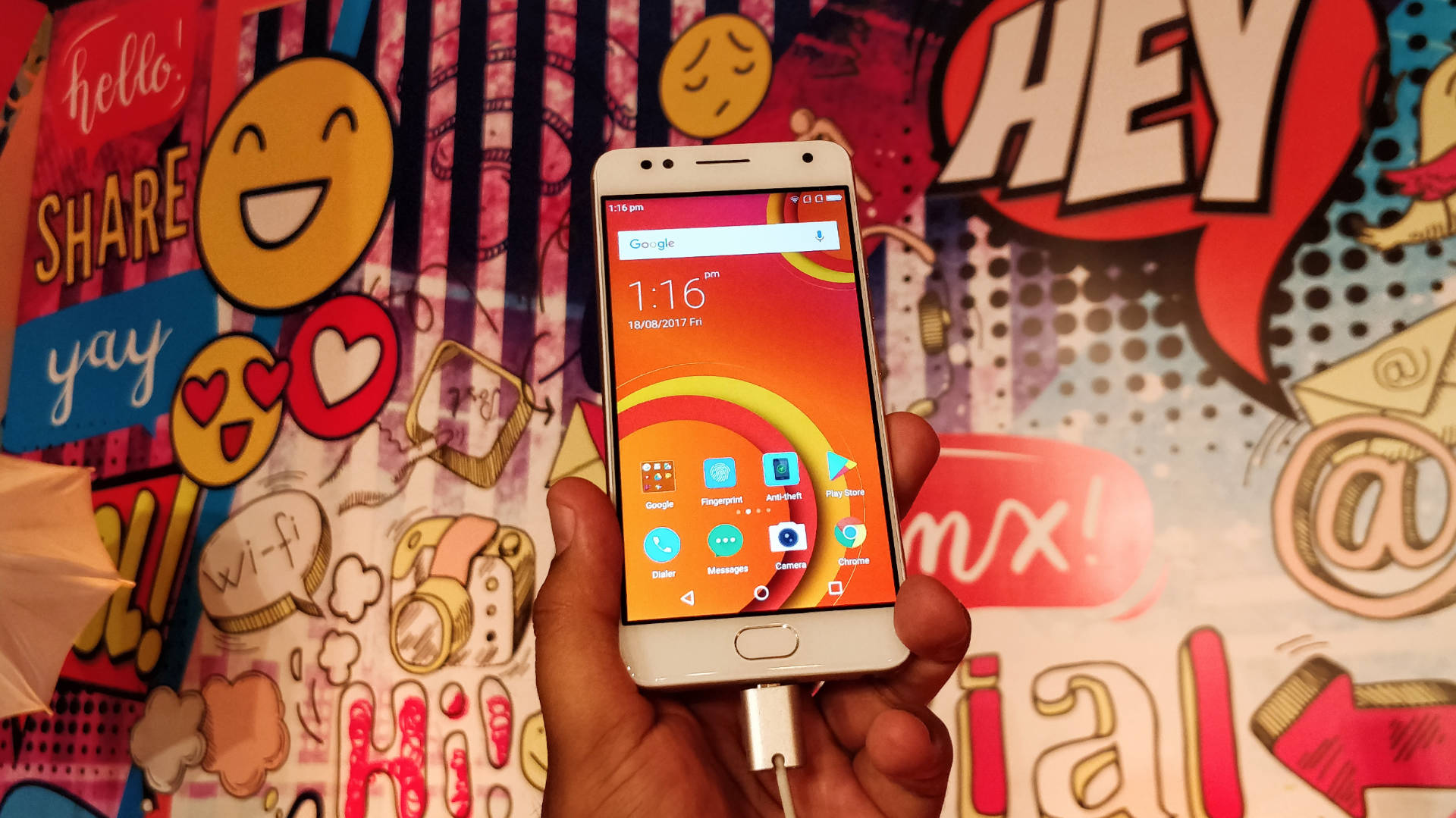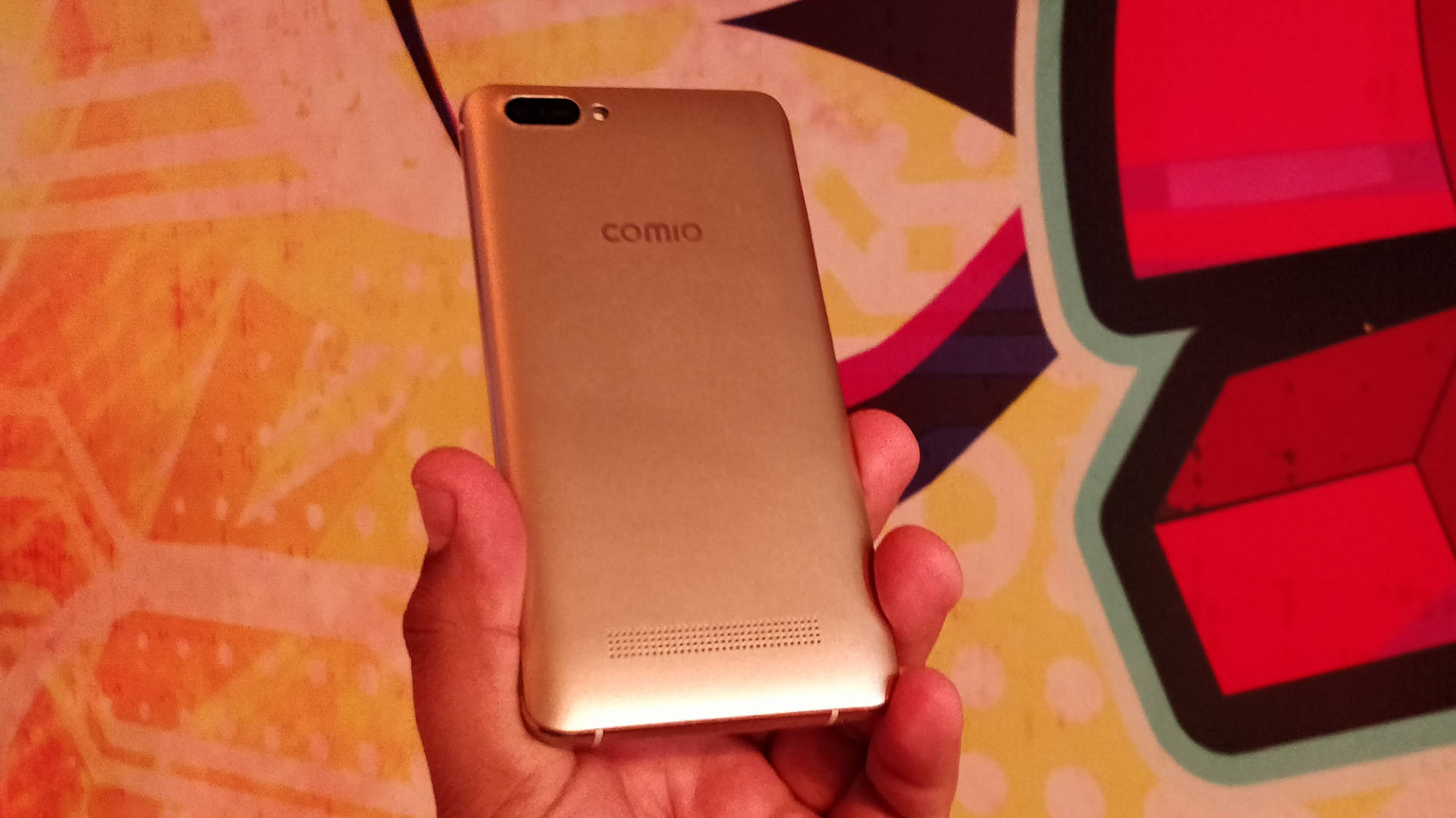Affiliate links on Android Authority may earn us a commission. Learn more.
Another Chinese smartphone brand, Comio, enters India market with an offline-only model and big ambitions

Launched in 2014, Comio is the smartphone brand from Chinese Original Device Manufacturer (ODM) Topwise Communication. India is the first market the company has ventured in after China.
According to a Livemint report, the company aims to capture 5% market share in three years of operations in India. Comio CEO Sanjay Kumar Kalirona, is an industry veteran with over 15 years of experience at Intex, the domestic handset maker, and he’s betting on the huge opportunity in the country, especially in the INR 6,000-12,000 price segment which accounts for 35-40% of smartphone market in terms of volume.
India is one of the world’s fastest growing smartphone markets and according to IDC, 27 million smartphones were shipped in the country in the first quarter of 2017.
Founded in 2005, TopWise Communication is one of the biggest ODMs in China, and has been an ODM to several Indian players, including Micromax. Sanjay clarifies that the company will no longer make products for other handset makers as it aims to establish its own brand in India.
Unlike most Chinese players which enter the Indian market with products that are exclusively sold online, Comio plans to follow an offline-only model with a focus on distributors while building a strong after-sales service ecosystem. Sanjay is not new to this and his similar experience at Intex would come handy.
The company plans to invest INR 5 billion by March 2019 to build its presence in India. Once it sets up a national presence, Comio will also look at setting up a manufacturing base in India.

To mark its entry in the Indian market, in a press conference in New Delhi today, Comio unveiled three smartphones – COMIO S1, COMIO P1, and COMIO C1. All three devices are powered by a Quad-core 64 bit MediaTek chipset and pack in 32 GB of internal storage.
Comio P1 Specifications
- Operating System: Android 7.0 Nougat
- Display: 13.97cm (5.5-inch) HD IPS
- Processor: 64-bit Quad-core MediaTek SoC
- RAM: 3 GB
- Internal Storage: 32 GB
- Rear Camera: 13 MP AF with Flash | 5P lens | F2.0 aperture
- Front Camera: 8 MP with Screen Flash | 4P lens | F2.0 aperture
- Battery: 5,000 mAh
- Weight: 177 g

Priced at INR 9,999 ($156), the Comio P1 is available in two color variants – Metal Grey and Sunrise Gold.
Comio S1 Specifications
- Operating System: Android 7.0 Nougat
- Display: 13.21cm (5.2-inch) HD IPS
- Processor: 64-bit Quad-core MediaTek SoC
- RAM: 2 GB
- Internal Storage: 32 GB
- Rear Camera: 13 MP AF with Flash | 5P lens | F2.0 aperture
- Front Camera: 8 MP with Screen Flash | 4P lens | F2.0 aperture
- Battery: 2,700 mAh
- Weight: 159 g

Priced at INR 8,999 ($140), the Comio S1 is available in two color variants – Royal Black and Sunrise Gold.
Comio C1 Specifications
- Operating System: Android 7.0 Nougat
- Display: 12.7cm (5-inch) HD IPS
- Processor: 64-bit Quad-core MediaTek SoC
- RAM: 1 GB
- Internal Storage: 32 GB
- Rear Camera: 8 MP AF with Flash | 4P lens | F2.0 aperture
- Front Camera: 5 MP with Screen Flash | 4P lens | F2.2 aperture
- Battery: 2,200 mAh
- Weight: 175 g

Priced at INR 5,999 ($94), the Comio C1 is available in two color variants – Space Black and Mellow Gold.
All three smartphones come with a free one-time screen replacement warranty within six months of purchase to supplement the one-year + 100 days extra manufacturer warranty. At the launch, the company also shared its unique upgrade offer that allows Comio customers to exchange their less-than-an-year old Comio smartphone for a new device with an assured 40% return on the value.
The Comio smartphone portfolio will be available across retail stores in North India from coming week and in West India from third week of September as the company ramps up its distribution.
While it’s growing, India is also a crowded smartphone market. Comio aims to be the leader in the mid-segment smartphone category in the country by creating a strong offline brand. “We are in India for the long run,” Sanjay asserts.